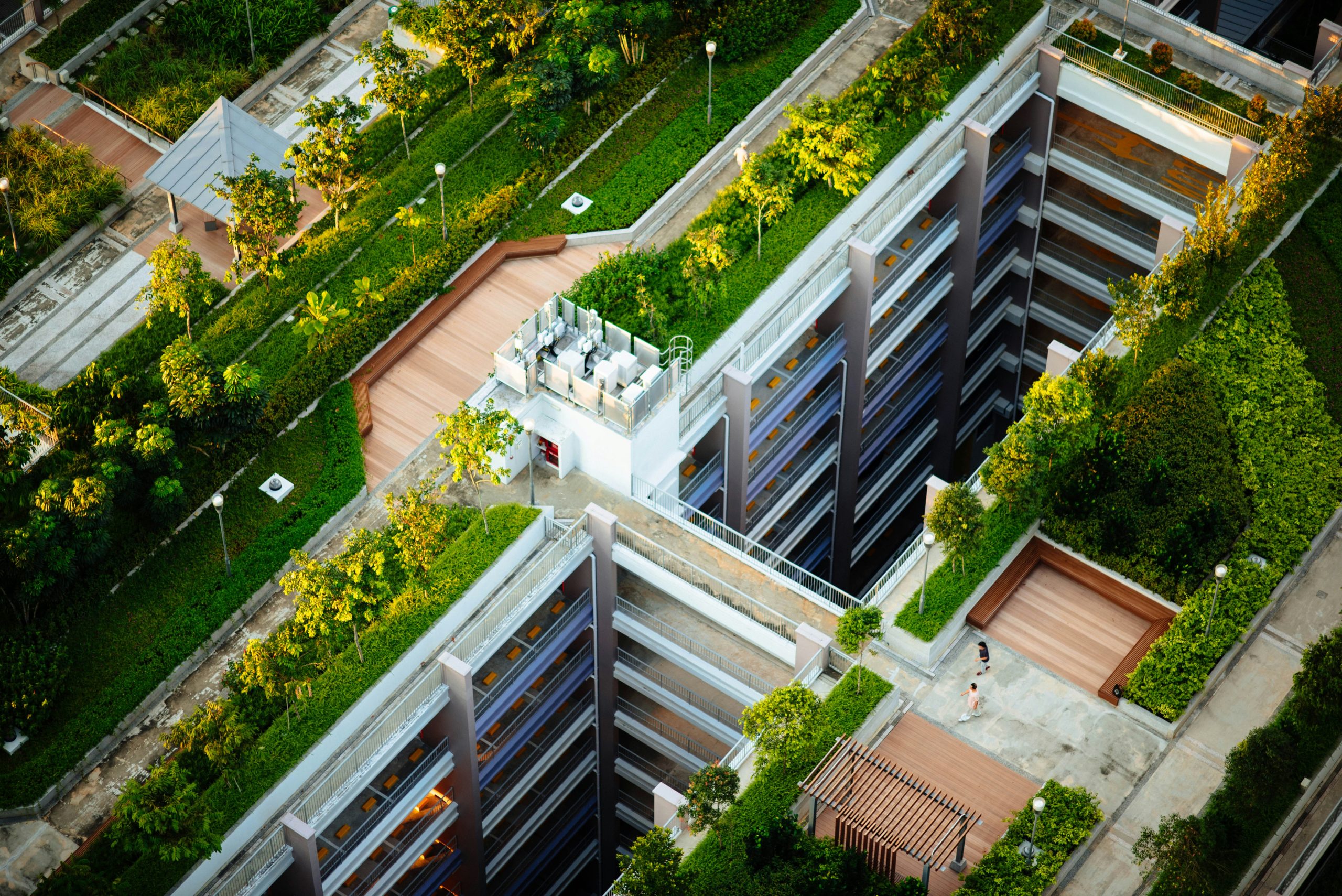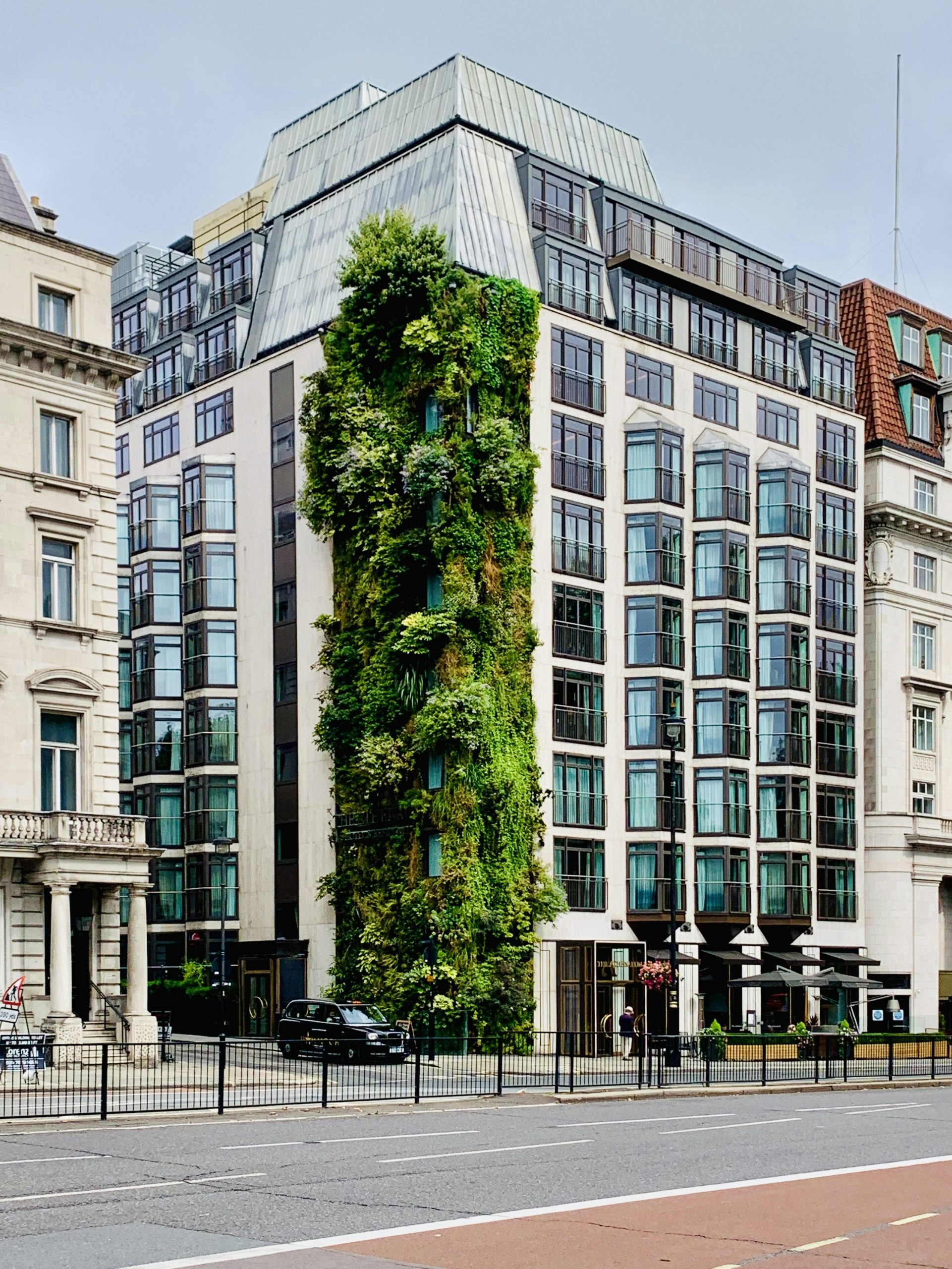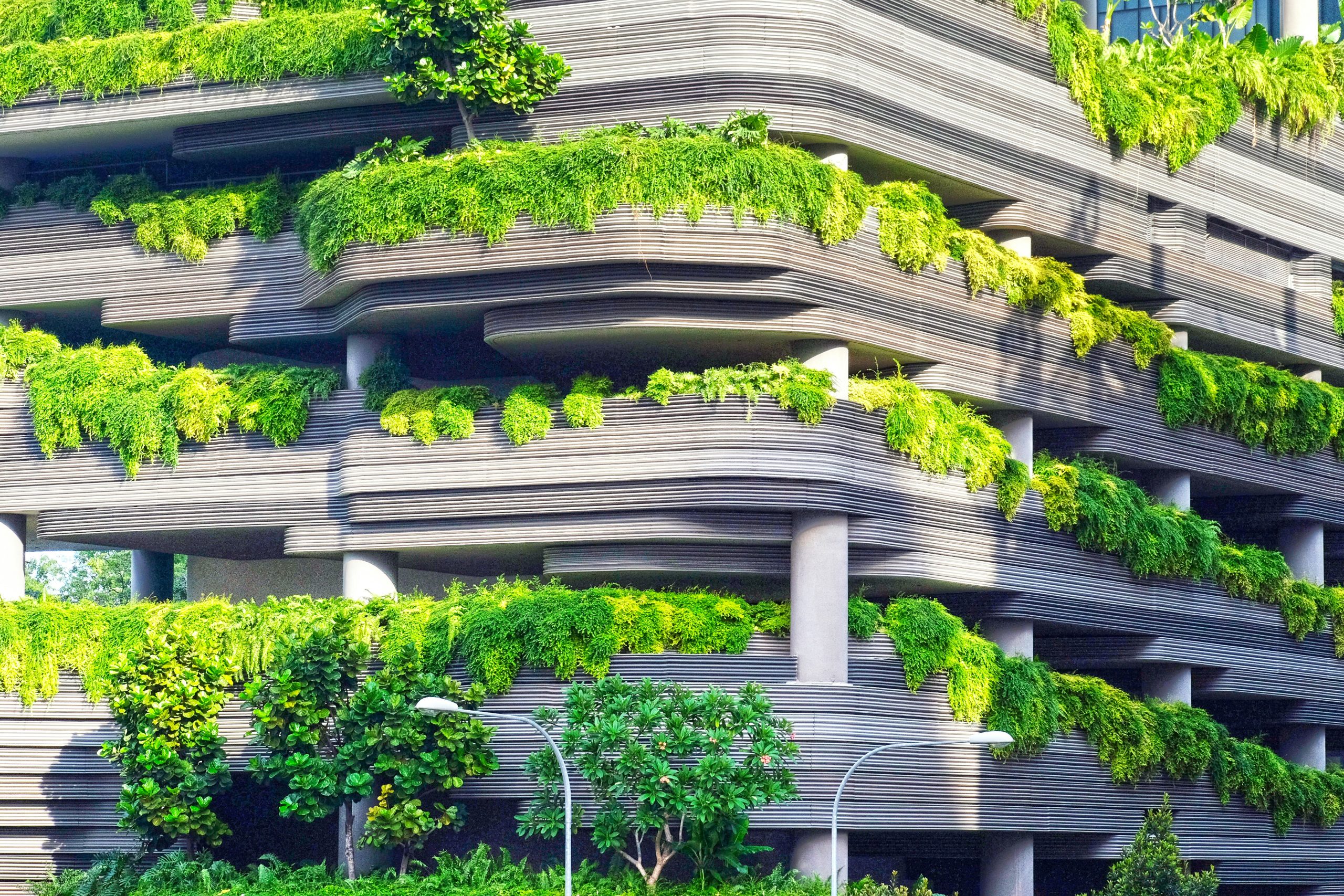Welcome to our exploration of how sustainable architecture addresses one of the most pressing issues of our time: climate change. In our journey through this article, we’ll delve into the innovative practices and designs that make buildings not only eco-friendly but also resilient in the face of environmental challenges. We will see how sustainable architecture reduces carbon footprints, conserves natural resources, and promotes energy efficiency. Together, let’s discover the ways in which thoughtful design and construction practices are making a significant impact on our planet’s future. Have you ever wondered how sustainable architecture addresses climate change? As we strive to find solutions to global environmental issues, sustainable architecture emerges as a beacon of hope. It tackles some of the fundamental challenges we face, contributing positively to the planet and future generations.

Introduction to Sustainable Architecture
Sustainable architecture isn’t just a trend; it’s a necessity in today’s world. By integrating ecological considerations into building design, we strive to mitigate the adverse effects of climate change. This approach not only benefits the environment but also improves the quality of life for us all.
Defining Sustainable Architecture
At its core, sustainable architecture revolves around designing buildings that are energy-efficient, use resources wisely, and minimize impact on the environment. It focuses on longevity and the reduction of the carbon footprint.
Importance of Sustainable Architecture
Why do we need sustainable architecture? With escalating climate crises, decreasing natural resources, and increasing urbanization, sustainable design becomes indispensable. It contributes to reducing greenhouse gases and conserves valuable resources, ensuring a better future for everyone.
Principles of Sustainable Architecture
To truly grasp how sustainable architecture addresses climate change, we need to understand the key principles it stands by. These principles guide architects and builders in creating environmentally friendly structures.
Energy Efficiency
Energy efficiency is at the heart of sustainable architecture. By utilizing innovative designs and advanced technologies, buildings can significantly reduce energy consumption. This is achieved through improved insulation, smart windows, and eco-friendly heating systems.
Energy Efficiency Strategies:
| Strategies | Description |
|---|---|
| Insulation | Using high-quality insulation to reduce heating and cooling needs |
| Smart Windows | Installing windows that regulate temperature naturally |
| Renewable Energy | Incorporating solar panels or wind turbines |
| Energy-efficient Appliances | Utilizing appliances that use less energy |
Use of Sustainable Materials
Choosing the right materials is crucial in sustainable architecture. We prioritize materials that are renewable, recyclable, or biodegradable, reducing the overall carbon footprint of the building process.
Common Sustainable Materials:
| Material | Benefits |
|---|---|
| Recycled Steel | Requires less energy to produce, reduces waste |
| Bamboo | Fast-growing, strong, and biodegradable |
| Reclaimed Wood | Reduces deforestation, gives old wood new life |
| Insulated Concrete Forms (ICFs) | Improves energy efficiency, reduces raw materials |
Water Conservation
Water is a precious resource, and sustainable architecture implements various strategies to conserve it. Designing efficient water systems and harvesting rainwater ensures minimal water wastage.
Indoor Environmental Quality (IEQ)
A sustainable building isn’t just good for the environment; it’s also good for us. Enhancing Indoor Environmental Quality involves using non-toxic materials, ensuring proper ventilation, and maximizing natural light to improve our well-being.
Renewable Energy Integration
By integrating renewable energy sources into buildings, sustainable architecture significantly impacts climate change mitigation. It reduces reliance on fossil fuels and lessens greenhouse gas emissions.
Solar Energy
Solar energy is one of the most commonly used renewable energy sources in sustainable buildings. Solar panels convert sunlight into electricity, providing a clean and renewable energy solution.
Wind Energy
For buildings located in windy areas, wind turbines offer an excellent renewable energy option. These turbines convert wind energy into electricity, reducing the building’s dependence on non-renewable energy sources.
Geothermal Energy
Geothermal systems utilize the earth’s constant underground temperature to heat and cool buildings efficiently. This method drastically reduces the energy needed for temperature regulation.
The Role of Technology in Sustainable Architecture
Technology plays a vital role in advancing sustainable architecture. Smart building systems, advanced materials, and innovative construction techniques all contribute to creating more sustainable environments.
Smart Building Systems
Smart buildings leverage technology to optimize energy usage. By using sensors and automation, these systems maintain ideal indoor conditions while minimizing energy consumption.
Advanced Building Materials
Innovations in materials science lead to the development of advanced building materials that enhance sustainability. Examples include energy-storing concrete and self-healing materials that extend the life of buildings.
Innovative Construction Techniques
Modern construction techniques, such as prefabrication and modular construction, reduce waste and improve efficiency. These methods allow for more precise construction, minimizing the environmental impact.

Benefits of Sustainable Architecture
The advantages of sustainable architecture extend beyond environmental protection. Sustainable buildings offer numerous benefits for individuals, communities, and the global ecosystem.
Environmental Benefits
Sustainable architecture helps reduce greenhouse gas emissions, conserves natural resources, and minimizes waste. By creating buildings that are energy-efficient and environmentally friendly, we contribute to the fight against climate change.
Economic Benefits
Although the initial investment in sustainable architecture may be higher, the long-term savings are substantial. Energy-efficient buildings reduce utility costs, and sustainable materials often last longer, reducing maintenance expenses.
Social Benefits
Sustainable buildings improve our quality of life by providing healthier living environments. They promote well-being through better air quality, natural lighting, and safer materials, fostering a more sustainable lifestyle.
Case Studies in Sustainable Architecture
Examining real-world examples can help us understand the impact and feasibility of sustainable architecture. Here are a few notable case studies that highlight successful sustainable projects.
The Bullitt Center, Seattle
Dubbed the “greenest commercial building in the world,” the Bullitt Center exemplifies sustainable design. It features rainwater harvesting systems, composting toilets, and enough solar panels to cover its energy needs.
Bosco Verticale, Milan
Bosco Verticale, or Vertical Forest, incorporates extensive greenery on its facade. This innovative design reduces air pollution, provides insulation, and creates a habitat for urban wildlife.
One Central Park, Sydney
One Central Park stands out for its vertical gardens and integrated renewable energy systems. The building utilizes solar panels, wind turbines, and a water recycling system, making it a paragon of sustainability.

Challenges and Solutions in Sustainable Architecture
Despite its numerous benefits, sustainable architecture faces several challenges. Addressing these challenges is key to broader adoption and implementation.
High Initial Costs
One of the main barriers is the high initial cost of sustainable buildings. Advanced materials and technologies can be expensive. However, long-term savings and growing incentives can offset these costs.
Lack of Awareness
Many stakeholders, including developers and consumers, lack awareness of sustainable architecture benefits. Education and advocacy are essential to promote sustainable practices and realize their advantages.
Technical Limitations
In some regions, technical limitations may hinder the implementation of sustainable practices. Advancements in technology and increased investment can help overcome these technical challenges.
The Future of Sustainable Architecture
The future of sustainable architecture looks promising as innovation continues to drive progress. Emerging trends and technologies offer new ways to address climate change and create more sustainable environments.
Innovations on the Horizon
From green roofs to energy-harvesting windows, the future of sustainable architecture is teeming with innovations. These advancements will make buildings even more efficient and environmentally friendly.
Policy and Regulation Changes
Governments worldwide are enacting stricter policies and regulations to promote sustainable architecture. These changes will encourage more developers to adopt sustainable practices.
Community Involvement
Community engagement and local initiatives play a vital role in the success of sustainable projects. Promoting community involvement ensures the sustainability goals align with local needs and values.
Building a Sustainable Future Together
Sustainable architecture is more than a solution; it’s a commitment to our planet and future generations. By adopting these practices, we can mitigate climate change, conserve resources, and improve our quality of life.
We all have a role to play in this global effort. Whether you’re an architect, builder, or homeowner, embracing sustainable principles can make a significant difference. Let’s work together to build a more sustainable future for our planet and ourselves.